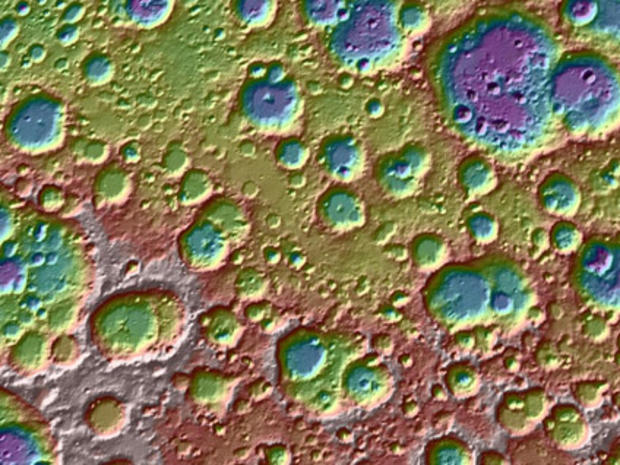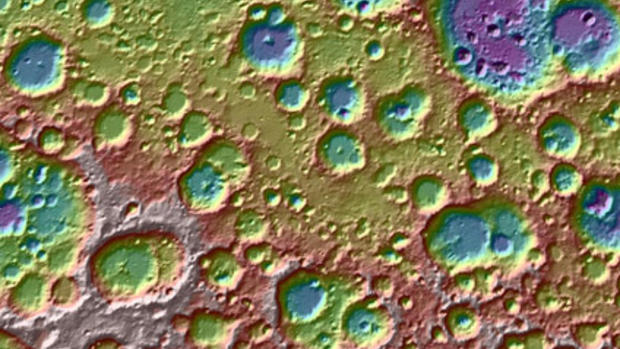New Moon Data Seen As Vital in Planning any Future Return
If mankind ever makes it back to the moon, new data being transmitted back to NASA headquarters from the Lunar Reconnaissance Orbiter will play a pivotal role in determining a future landing site.
The LRO, as it's known, just completed its first year circling the moon and earlier today, NASA scientists said the new data in their hands had presented them with a picture of a far more complex, if not richer, lunar surface than was earlier assumed.
At the same time, NASA now says the LRO mission will begin to shift from moon-watching to a pure focus on scientific research. The LRO probe was sent into space in June 2009.
Speaking to reporters this afternoon during a teleconference, it was clear that NASA scientists were pleased with the results so far. As a benchmark of comparison, the LRO will ultimately have furnished more data than any other planetary mission so far.
"The mission's been going really smoothly since our launch," said chief lunar scientist Michael Wargo. He described the mission as having produced "spectacular scientific results" which he said would be important in any future missions to the moon.
Ever since the LRO headed to the moon, it has been on the hunt for possible future landing sites. But along the way, it also has sent back a trove of information that's helped scientists understand more about the moon's radiation and the mineral composition of its surface. (A probe which landed on the moon's south pole in October 2009 also helped confirm evidence of water.)
LRO data may also loom large in determining which areas of the moon would provide astronauts with maximum illumination during future landings. Wargo noted that scientists now have a more detailed knowledge of the moon's topography in relation to the sun. That will help them identify areas where light might be present for extended periods. Another bonus: When it comes to deciding on potential landing sites, the data sent back by the LRO will help scientists circumvent obstacles previously posed by the moon's surface. Because of their incomplete knowledge about the moon's makeup, the Apollo missions to the moon, for instance, were limited to a relatively small number of landing locations to better guarantee the astronauts' safety.
"This opens up whole moon," said James Head, a professor of geological sciences, Brown University.
Head is also the lead author of a study appearing in the journal Science on the effects of meteorite impacts on the moon. Using data sent back from LRO, Head's team was able to glean new topographic information and counted some 5,000 craters in a 20-kilometer area. (They chose 20 kilometers as the cutoff point.) They were then able to separate the ages of the more ancient areas of the moon from the relatively younger ones.
"The moon is thus analogous to a Rosetta stone for understanding the bombardment history of the Earth," he said. "Like the Rosetta stone, the lunar record can be used to translate the 'hieroglyphics' of the poorly preserved impact record on Earth."

